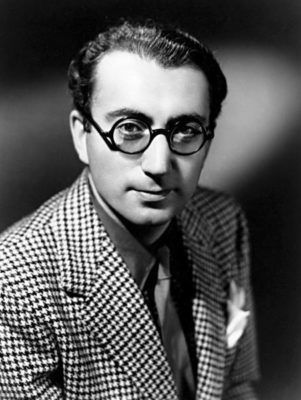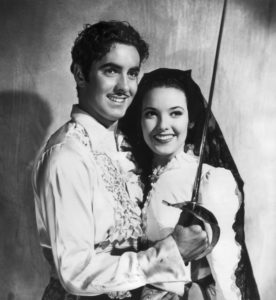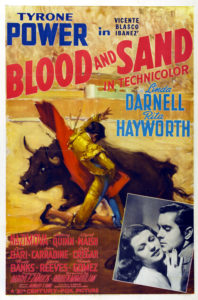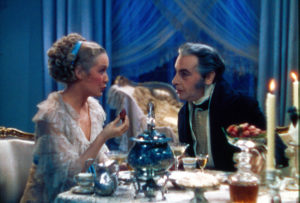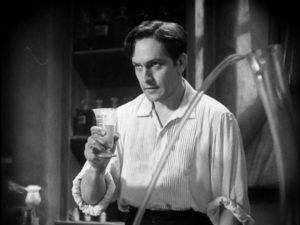BELMONT, Mass. — It is interesting to note that some of the most influential American artistic figures of Armenian descent have been controversial in the eyes of the critics. Writer William Saroyan won the Pulitzer Prize in the 1940s before being critically panned in the 1950s and consigned to the dustbin of history by all but Armenians. Modernist orchestral composer Alan Hovhaness was criticized by the much more renowned fellow modernists Aaron Copland and Leonard Bernstein but recognized as a genius by other listeners. And Rouben Mamoulian, despite being the director of some of most influential motion pictures in Hollywood’s 1930s-1940s Golden Age, and some of the most influential American stage musicals of Broadway’s simultaneous Golden Age, was best known in later years by one critic’s summary as “an innovator who ran out of innovations.”
Dr. Milena Oganesyan, a researcher who hails from Mamoulian’s hometown, Tbilisi (Tiflis), Georgia, aims to change that assessment. She says that Mamoulian has not been appreciated as much as he should be for his film and stage artistry, and that his Armenian cultural background has not been understood by the critics either.
The 125th anniversary of Mamoulian’s birth is coming up next year, and in honor of that fact, various cultural organizations have been planning a look back at his career. One of the first was a lecture by Oganesyan, sponsored by NAASR on October 8, which took place via Zoom on October 8. Cosponsoring organizations were the Ararat-Eskijian Museum and the Armenian Film Foundation, both of Los Angeles.

Aside from the fact that Mamoulian made his career in Hollywood, both of the LA organizations have further connections to the man. This was highlighted by Maggie Goschin of the Ararat-Eskijian Museum, which is on the grounds of the Ararat Home, an Armenian assisted living facility. Goschin related that Mamoulian’s mother spent her last days at the facility, which also was home to Mamoulian family artifacts. As for the Armenian Film Foundation, Mamoulian is listed as a Founding Honorary Member and was a friend of founder J. Michael Hagopian.
Tiflis Roots
As Oganesyan related in her lecture, Mamoulian was an Armenian-American artist whose connection to his roots was no stretch. After all, he was an immigrant born in Tsarist-era Tiflis, the capital of the Caucasus Viceroyalty of the Russian Empire, which had jurisdiction over present-day Armenia, Georgia, and Azerbaijan, as well as the North Caucasus. At the time, 36 percent of the population of the city of Tiflis was Armenian. The city was dominated by Armenian bourgeois business interests, and even the mayor from 1910-1917 — Alexander Khatisian — was Armenian; he later served as a prime ministers during the First Republic of Armenia.



